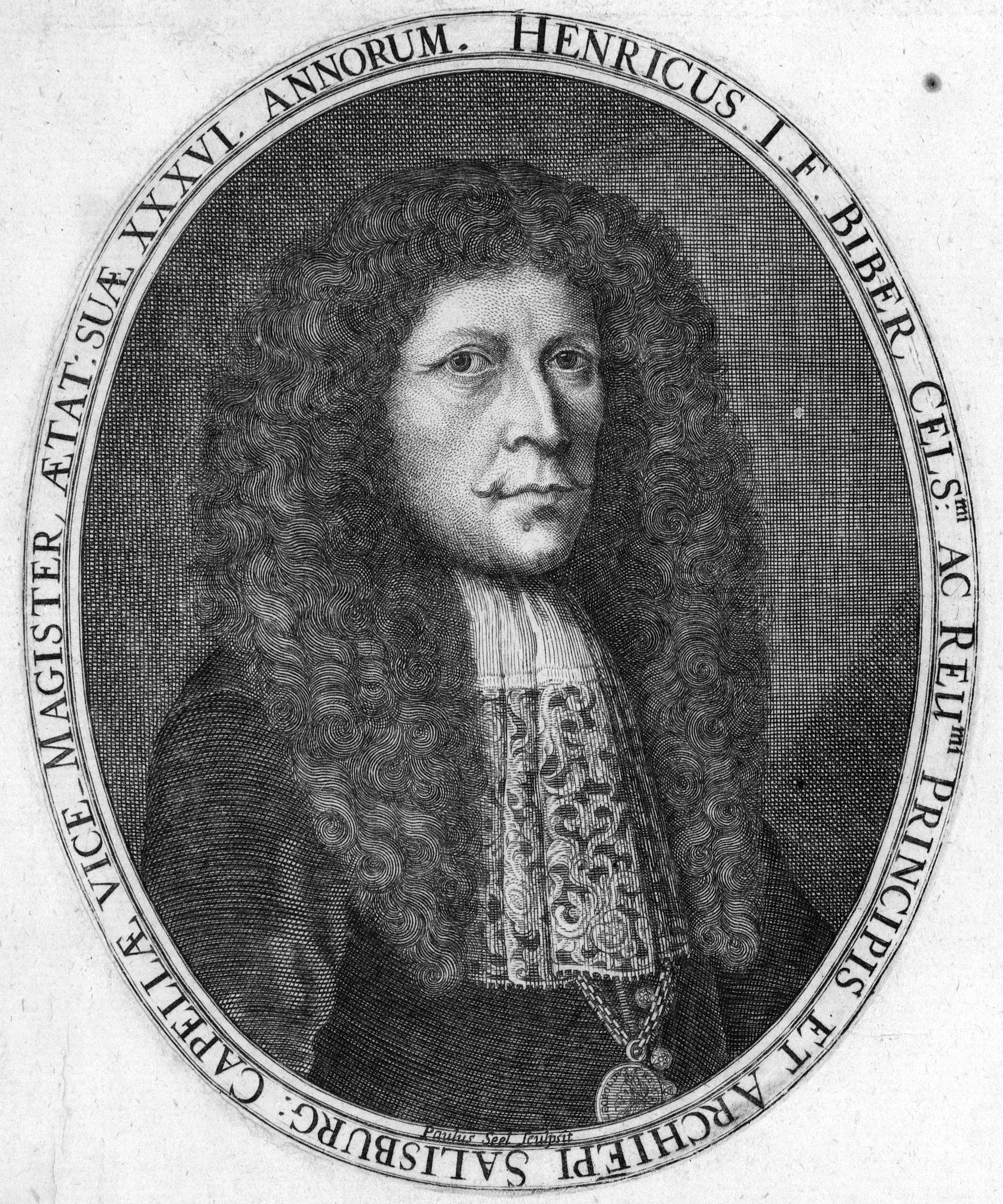|
Battalia à 10
Battalia à 10 is a piece of chamber music written by the Bohemian-Austrian composer Heinrich Ignaz Franz Biber. The work is known for its early use of polytonality and non-conventional techniques. Written in 1673, ''Battalia'' is scored for 3 violins, 4 violas, 2 violones, and Basso continuo, continuo. History Though Biber's reason of the ''Battilia'' is uncertain, some scholars say it was the composer's feelings toward the Thirty Years' War, due to the high casualties (~50% of the German population and 1/3 of the Czechs). Analysis Sonata (Presto I) The Sonata is in AB form; the B section uses a Call and response (music), call and response motif, the response of which uses a staccatissimo mark to signal ''col legno'' or to hit the string with the back of the bow. Die liederliche Gesellschaft von allerley Humor (The Profligate Society of Common Humor) The most famous, the second movement incorporates 8 melodies, but in different key and time signatures. One of the melod ... [...More Info...] [...Related Items...] OR: [Wikipedia] [Google] [Baidu] |
Heinrich Biber
Heinrich Ignaz Franz Biber ( bapt. 12 August 1644, Stráž pod Ralskem – 3 May 1704, Salzburg) was a Bohemian-Austrian composer and violinist. Biber worked in Graz and Kroměříž before he illegally left his employer, Prince-Bishop Karl Liechtenstein-Kastelkorn, and settled in Salzburg. He remained there for the rest of his life, publishing much of his music but apparently seldom, if ever, giving concert tours. Biber was among the major composers for the violin in the history of the instrument. His own technique allowed him to easily reach the 6th and 7th positions, employ multiple stops in intricate polyphonic passages, and explore the various possibilities of scordatura tuning.A Survey of the Unaccompanied Violin Repertoire, Centering on Work ... [...More Info...] [...Related Items...] OR: [Wikipedia] [Google] [Baidu] |

